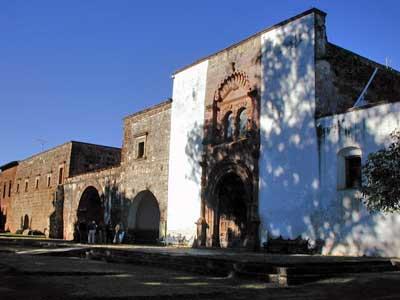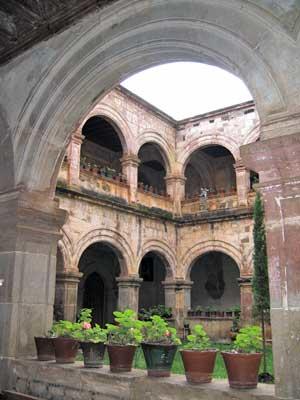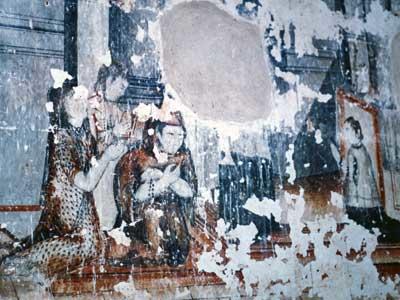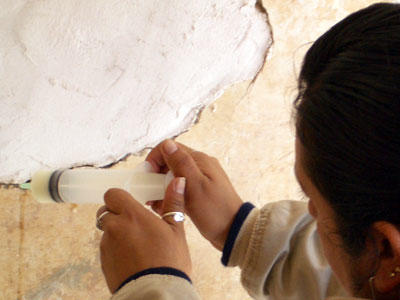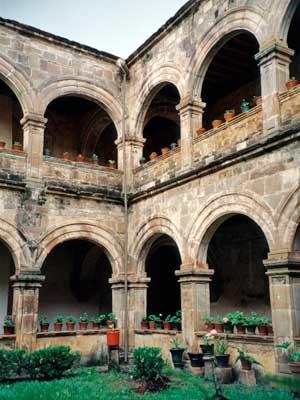San Francisco de Tzintzunzan Convent
San Francisco de Tzintzuntzan Convent was the first foundation of the Franciscan Order in New Spain created for the conversion of the indigenous population to Christianity. Begun in 1525, the Franciscan convent was completed 71 years later under the direction of Vasco de Quiroga, the first bishop of Michoacán. As a result of his appointment, the convent church became the first cathedral in the region. Associated with the convent were several huatáperas, or hospital complexes, that provided healthcare, religious training, and a gathering place for the local community. The Tzintzuntzan complex includes a large atrium, two open chapels, two churches, a cloister, and a hospital. The site was in poor condition as a result of years of weather exposure, earthquake damage, and insufficient maintenance due to limited funding. Parts of the complex were abandoned and several walls and roof sections had collapsed. In 2003 the Michoacán chapter of Adopte una Obra de Arte developed a conservation master plan and adaptive reuse strategy for the site that included the use of the complex as a traditional building crafts training school for the local community.
2004 World Monuments Watch
The convent complex was included on the 2004 World Monuments Watch. Following Watch-listing, WMF supported the stabilization and conservation of one of the complex’s exterior walls, as well as the restoration of the west wing of the former sacristy, the part of the complex with the greatest risk of collapse. Other work was carried out by the Escuela-Taller Michoacán. The current plan for the restored complex is for it to become a museum and community center. The museum will be dedicated to the exhibition of archeological and colonial-era artifacts and regional crafts, and the community center will house workshops where indigenous crafts will be taught. WMF’s work at the site was completed in January 2007.
The former convent complex of Tzintzuntzan was designated as a historic monument by the Law on Archeological, Artistic and Historic Monuments and Zones in 1972. The courtyard, called Atrio de los olivos, contains the oldest olive trees in the region, planted by Quiroga. WMF provided the much-needed support and outside experts in stabilizing the structure to facilitate the continued work by the trainees of the Escuela-Taller Michoacán. Today the convent complex periodically hosts cultural activities.

